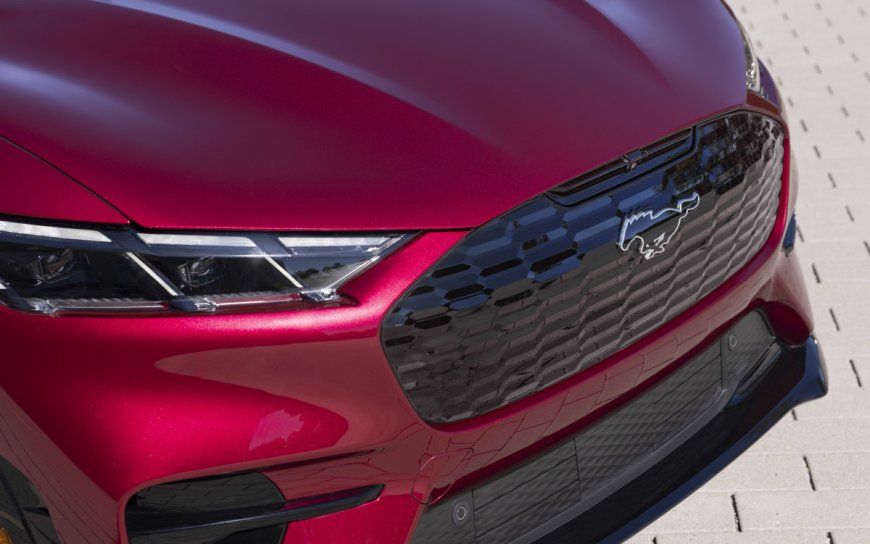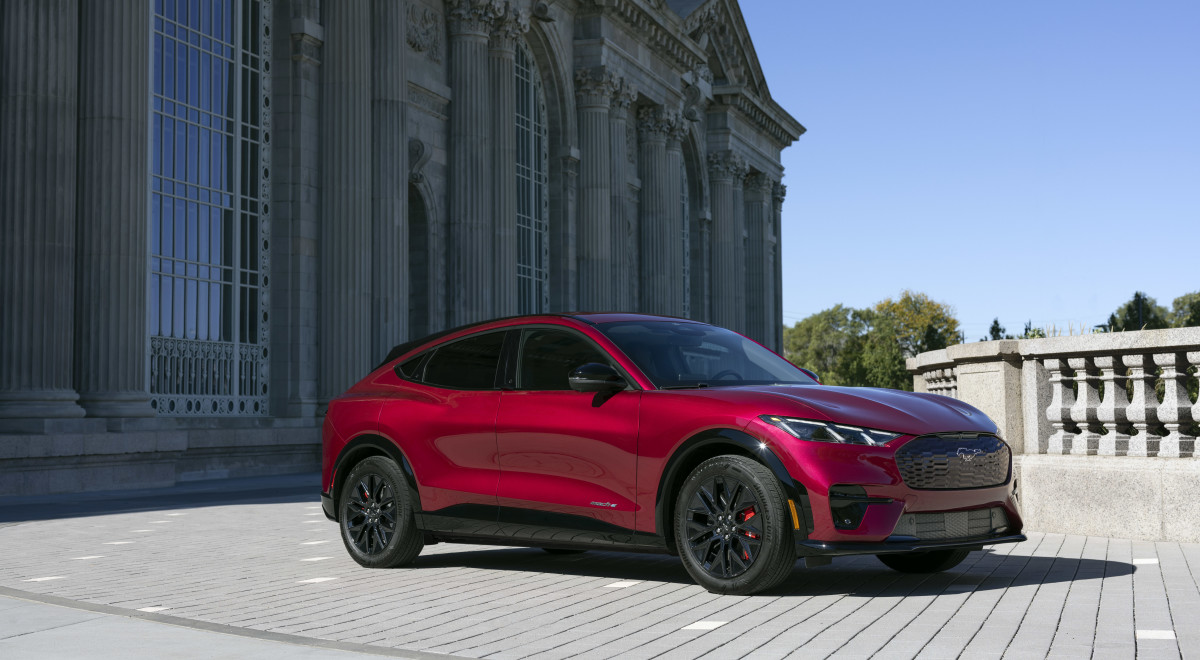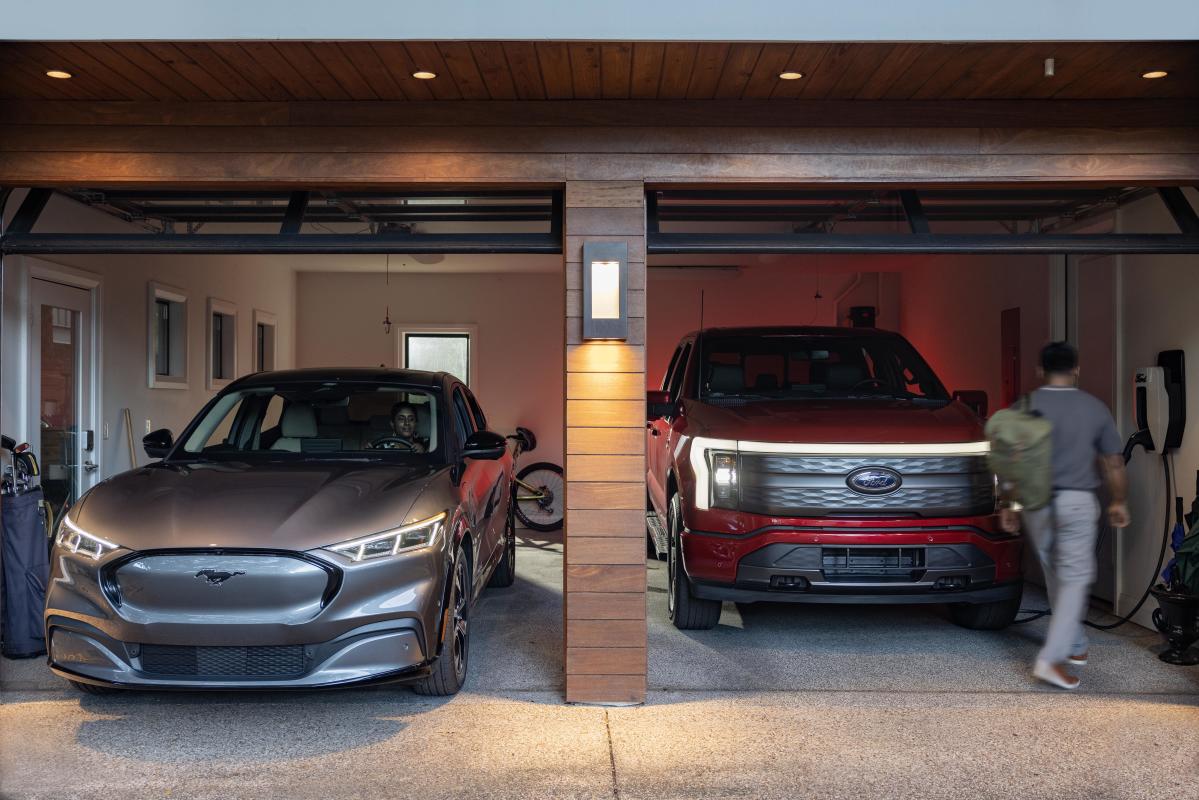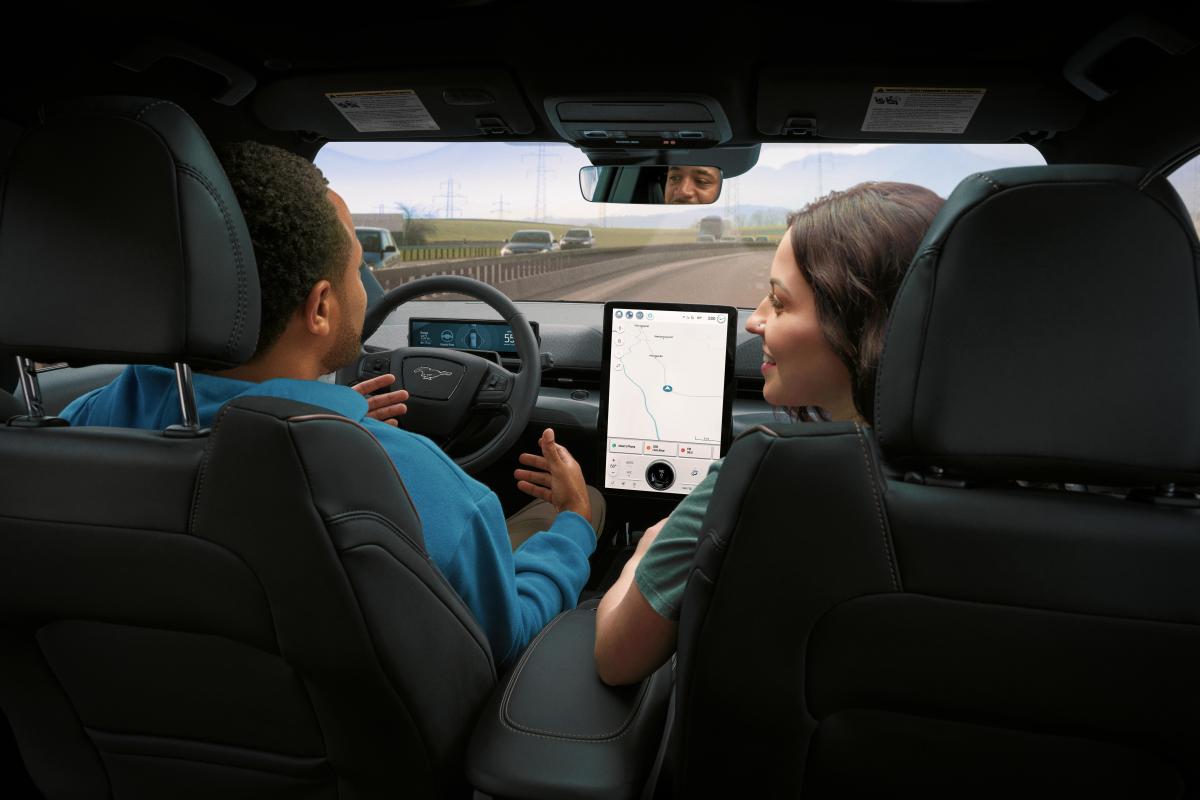Ford BlueCruise faces scrutiny after fatal Mustang Mach-E crashes
U.S. regulators are ramping up an investigation into the driver-assist system over safety concerns.

The National Highway Traffic Safety Administration (NHTSA) is escalating its probe into Ford’s BlueCruise driver-assist system following a series of fatal accidents involving the Mustang Mach-E. The investigation, initially launched in 2024, has escalated to an engineering analysis—a critical step that could lead to a recall of nearly 130,000 Mach-E vehicles produced between 2021 and 2024.
At the center of the inquiry are two crashes that resulted in fatalities, both occurring at night and involving Mach-Es traveling at freeway speeds with BlueCruise engaged. In these cases, the system failed to detect stationary vehicles, leading to deadly collisions.
This latest escalation indicates that the NHTSA believes there are significant safety concerns warranting further examination. An engineering analysis involves extensive testing to determine the scope and severity of the issue and whether a recall is necessary to protect public safety.
Related: Acura's RSX makes a dramatic return, but not how you'd expect
Key issues with BlueCruise technology
Ford’s BlueCruise system enables hands-free driving on designated highways by combining adaptive cruise control (ACC) and lane-centering assist (LCA). The technology relies on a mix of radar and camera sensors to monitor road conditions. However, the NHTSA has raised concerns about its ability to detect stationary vehicles, particularly at speeds over 62 mph. Ford
Investigators suspect this limitation may be deliberate, suggesting that Ford programmed the system to ignore stationary objects at higher speeds to reduce false alerts. While this programming decision may make the system feel smoother under normal conditions, it has deadly implications in scenarios where stationary vehicles are present.
In addition to this programming flaw, the system reportedly struggles with poor visibility conditions, such as nighttime driving or adverse weather. Two additional crashes involving other Ford models equipped with BlueCruise-like systems were narrowly avoided when the pre-collision assist feature intervened at the last second after the primary system failed to respond.
Related: Luxury EVs stumble, why buyers are flocking to affordable options
Broader implications for driver-assist systems
Ford’s challenges aren’t unique in the automotive industry. Tesla’s Full Self-Driving (FSD) technology is also under heavy scrutiny after several high-profile accidents, including one involving a pedestrian fatality. The NHTSA is investigating 2.4 million Tesla vehicles across multiple models, citing concerns about their performance in conditions like sun glare, fog, and dust.
These cases highlight a broader issue in the push for autonomous driving: the tension between innovation and safety. Tesla’s reliance on a camera-only system has drawn criticism for its limitations in poor visibility. Meanwhile, Ford’s struggles with sensor performance and software design underscore the difficulties automakers face in creating advanced and fail-safe systems.
Related: Six best features of the Rolls-Royce Ghost Series II
Final thoughts
As the NHTSA conducts its engineering analysis, Ford may be forced to issue a recall if investigators conclude that BlueCruise poses an unreasonable safety risk. In the meantime, the automaker has introduced an updated version of the system for the 2025 Mach-E, which includes automatic lane-changing capabilities. However, it’s unclear if these updates address the underlying issues identified by regulators.
For drivers, the investigation serves as a reminder to remain cautious when using driver-assist systems. Despite their advanced features, neither BlueCruise nor Tesla’s Full Self-Driving technology is fully autonomous, and active driver supervision remains critical.
Related: Fast charging stations explode in 2024, here’s who’s winning











































